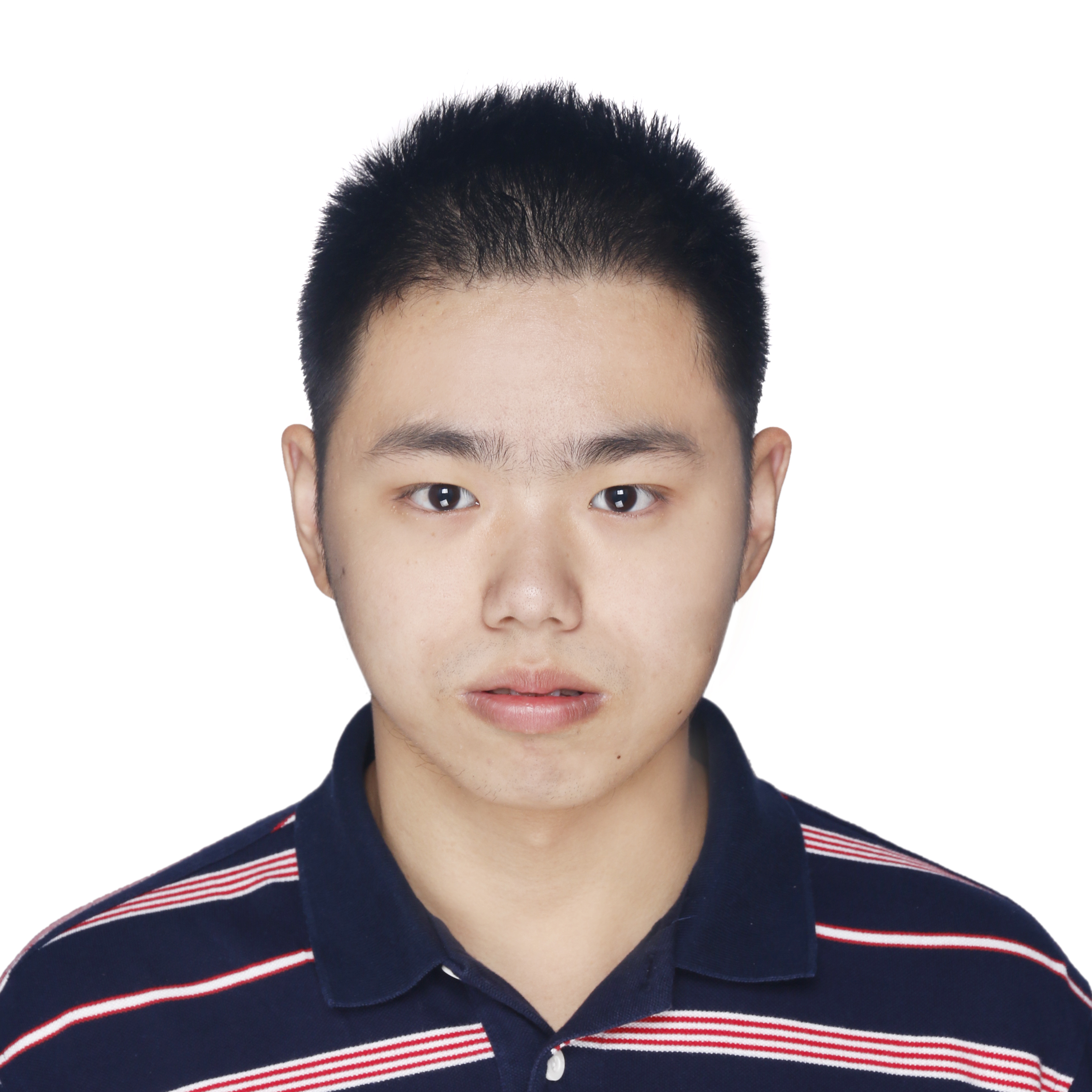Flowtaxis in the wakes of oscillating airfoils
Published in APS Division of Fluid Dynamics Meeting, 2020
Swimming animals can produce long-lasting wakes in the surrounding fluid, and many exhibit fascinating abilities to sense and respond to these flows. Although the physiological mechanisms underlying such flow sensing abilities remain unclear, mathematical modeling offers an enticing platform for developing and testing sensorimotor control hypotheses. Here, we propose a simple flow sensing scenario in which a mobile sensor of constant speed reorients its heading in response to local flow stimuli, with the goal of flowtaxis or tracing vortical wakes to their source. We consider five types of sensors that measure the lateral difference, relative to the sensor direction of motion, in speed, velocity components, vorticity, and pressure, and we train each of these sensors on classic von Karman streets with decaying vorticity. Our results suggest that local lateral differences in the flow speed are most effective for flowtaxis. We then test the trained policies in wakes obtained from high-fidelity numerical simulations of oscillating airfoils, and quantify the robustness of the policy to wake variations.
